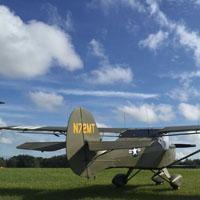Sign in to follow this
Followers
0

Beginner Take Offs and Landings
Started by
Knuckledragger,
10 posts in this topic
Create an account or sign in to comment
You need to be a member in order to leave a comment
Sign in to follow this
Followers
0